Umbrella Tree - Help!
Kendrah
2 years ago
Related Stories

WINTER GARDENINGHow to Help Your Trees Weather a Storm
Seeing trees safely through winter storms means choosing the right species, siting them carefully and paying attention during the tempests
Full Story
STANDARD MEASUREMENTSThe Right Dimensions for Your Porch
Depth, width, proportion and detailing all contribute to the comfort and functionality of this transitional space
Full Story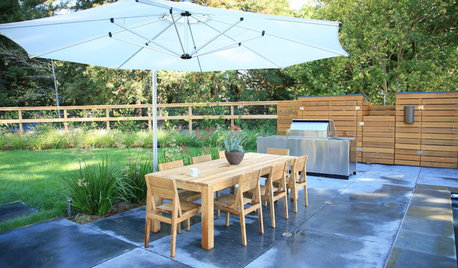
GARDENING AND LANDSCAPINGHow to Pick a Patio Umbrella That Performs
Looking for just the right amount of shade, sturdiness and weather resistance? We've got you covered
Full Story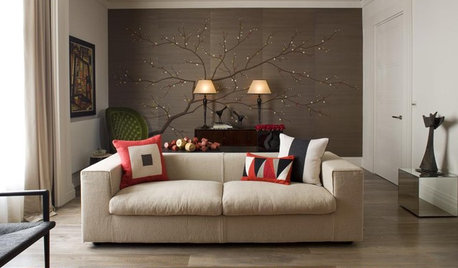
PRODUCT PICKSGuest Picks: Help Your Home Blossom With Floral Decor
Sprinkle hints of spring around your rooms with fabrics, wall coverings and more that recall nature's charms
Full Story
GARDENING GUIDES5 Best-Behaved Trees to Grace a Patio
Big enough for shade but small enough for easy care, these amiable trees mind their manners in a modest outdoor space
Full Story
EXTERIORSHelp! What Color Should I Paint My House Exterior?
Real homeowners get real help in choosing paint palettes. Bonus: 3 tips for everyone on picking exterior colors
Full Story
ORGANIZINGDo It for the Kids! A Few Routines Help a Home Run More Smoothly
Not a Naturally Organized person? These tips can help you tackle the onslaught of papers, meals, laundry — and even help you find your keys
Full Story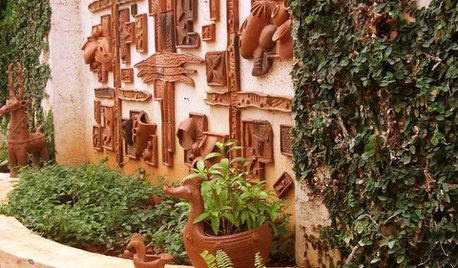
DECORATING GUIDESSlow Design: Today's 'Wabi-Sabi' Helps Us Savor the Moment
Learn about the design movement that's aiming to satisfy our real needs, leaving materialism in the past
Full Story




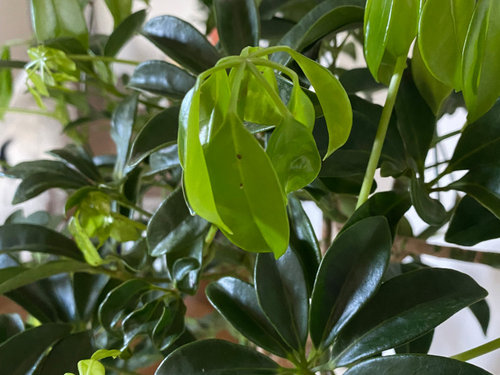
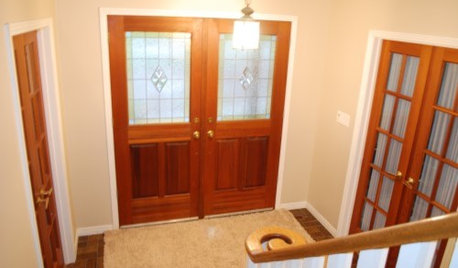


suedonim75
KendrahOriginal Author
Related Discussions
Umbrella tree worms...help!
Q
umbrella tree help?
Q
Why is Umbrella Tree turning brown?
Q
Umbrella tree (Schefflera Arboricola) - black spots, white powder leaf
Q
tsugajunkie z5 SE WI ♱
KendrahOriginal Author
WestCoast Hopeful
suedonim75
ken_adrian Adrian MI cold Z5
tapla (mid-Michigan, USDA z5b-6a)
ken_adrian Adrian MI cold Z5
loobab
socks
tapla (mid-Michigan, USDA z5b-6a)
loobab
WestCoast Hopeful
KendrahOriginal Author
Patricia Colwell Consulting
floral_uk z.8/9 SW UK
tapla (mid-Michigan, USDA z5b-6a)
WestCoast Hopeful
KendrahOriginal Author